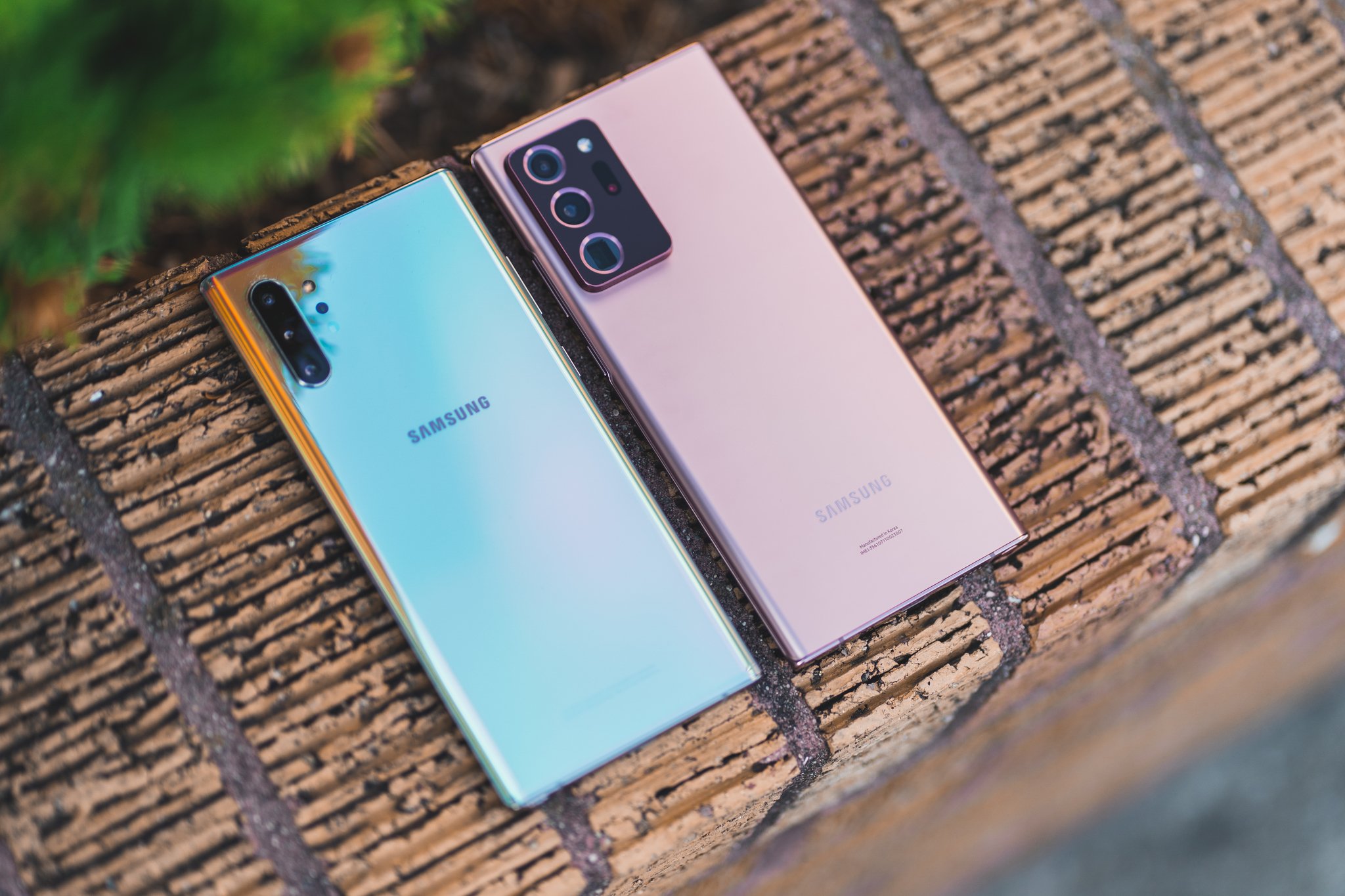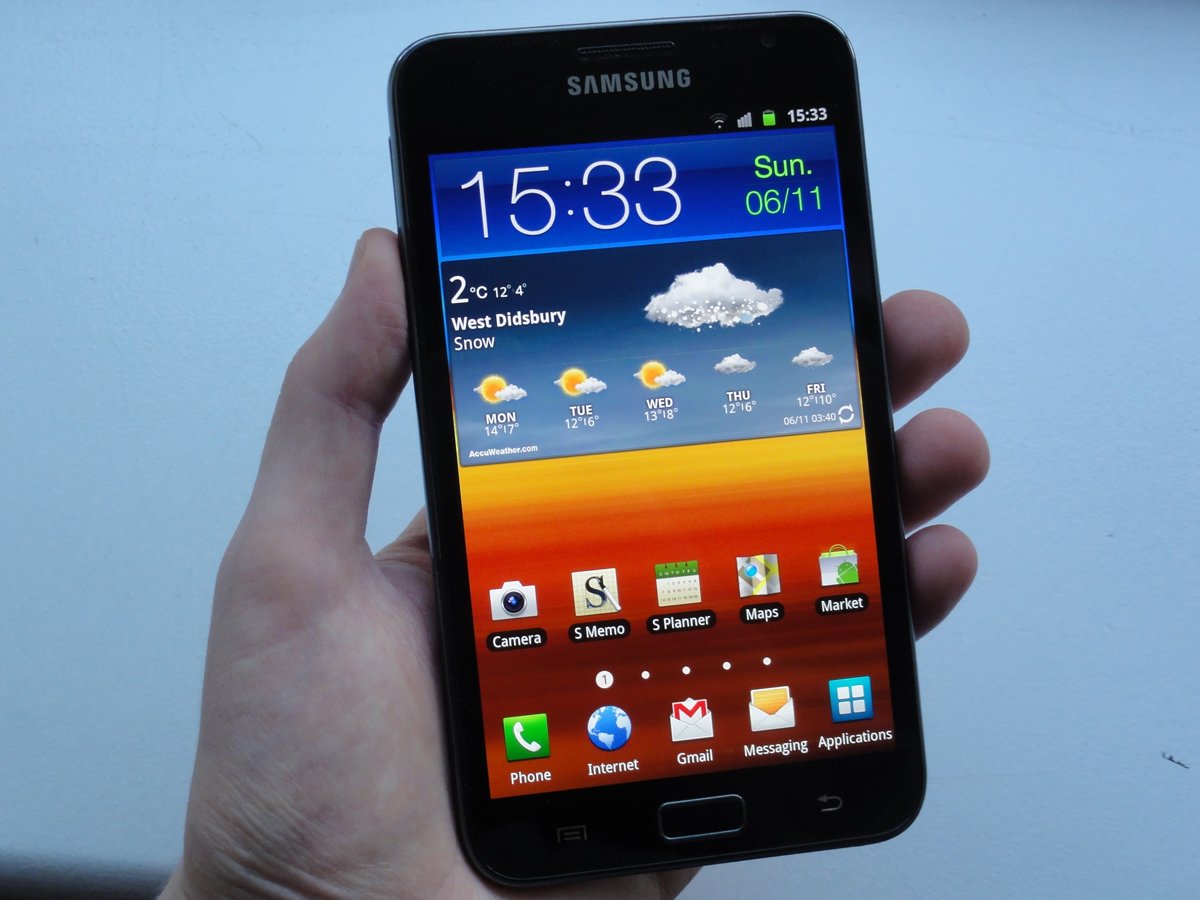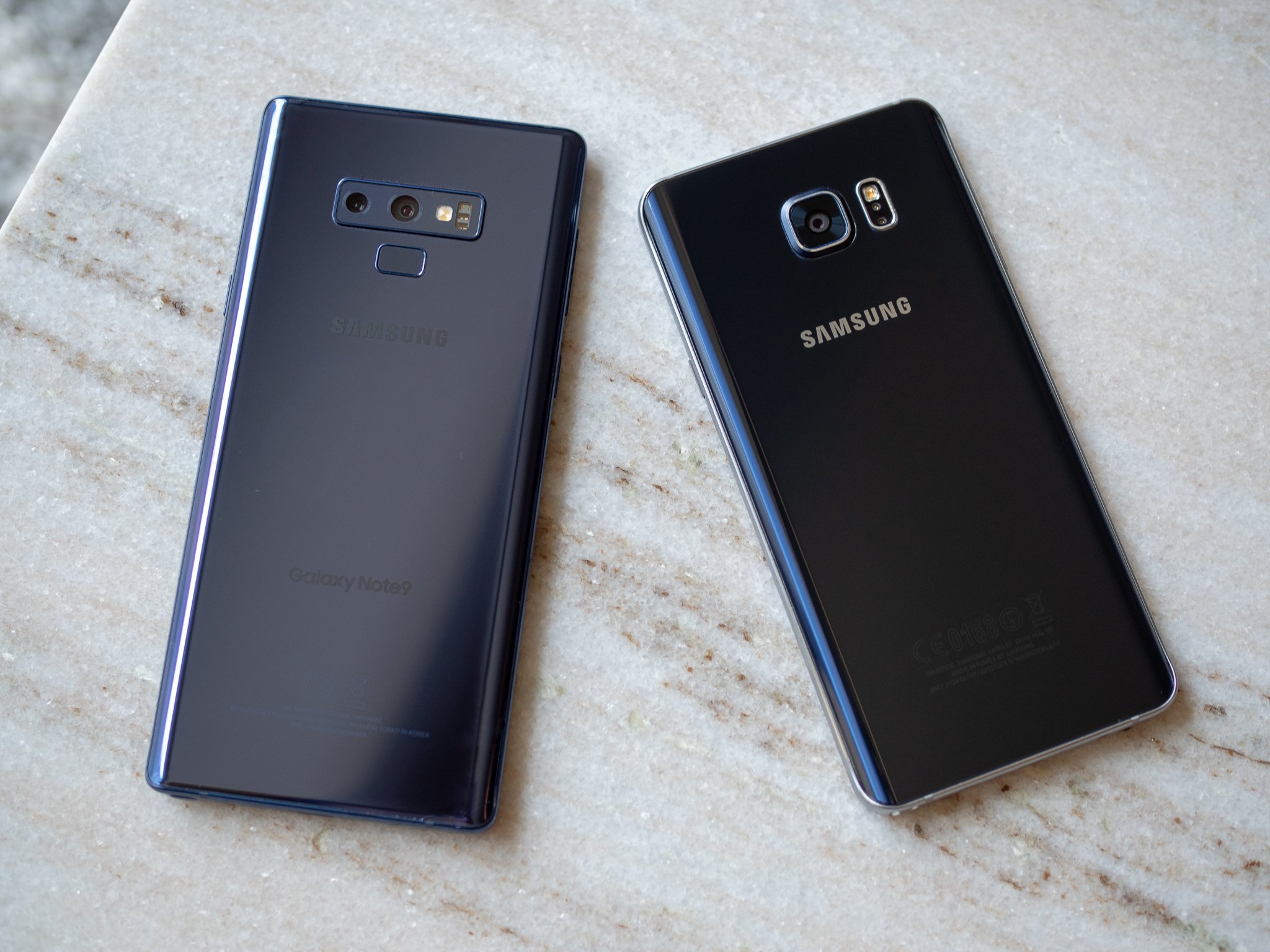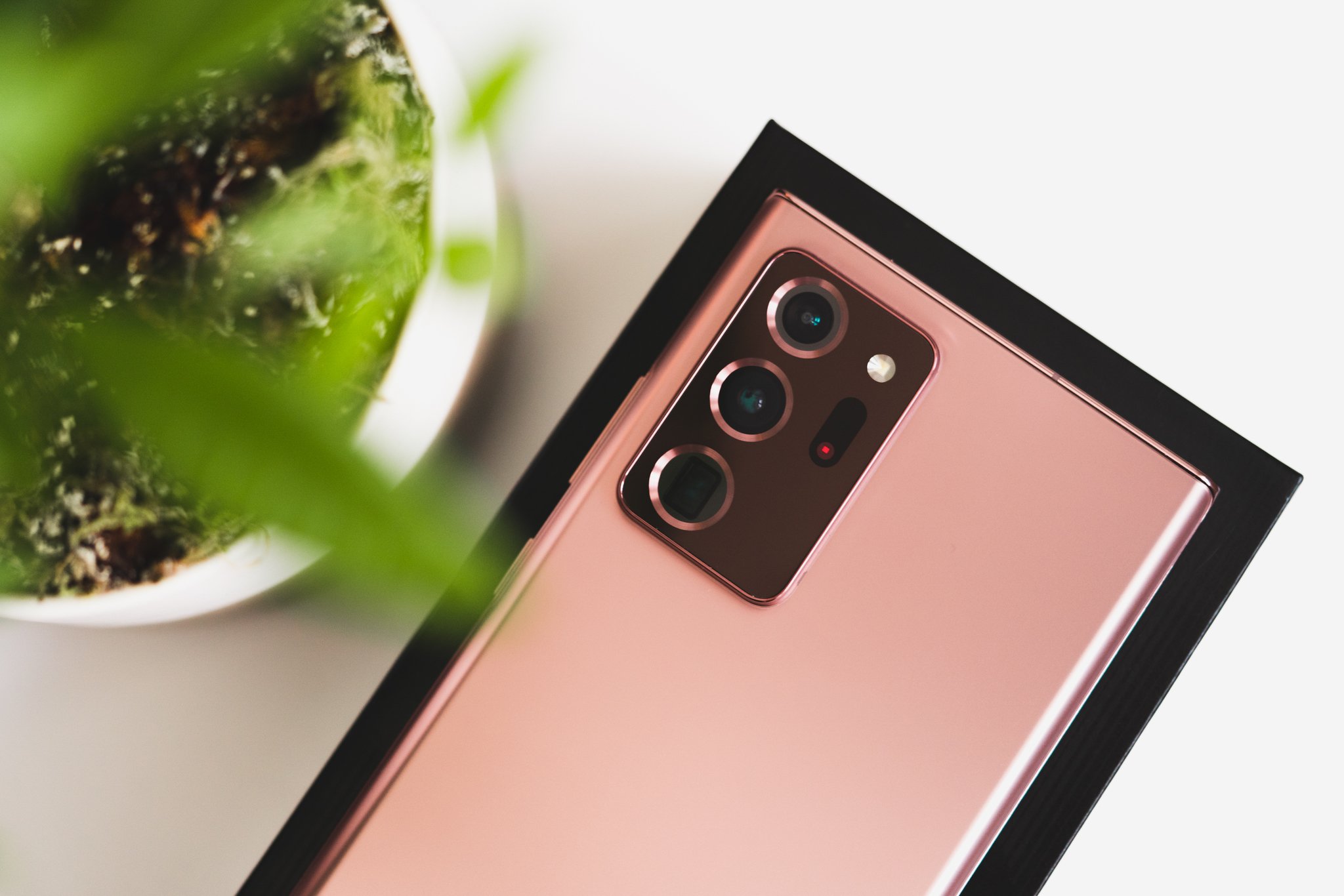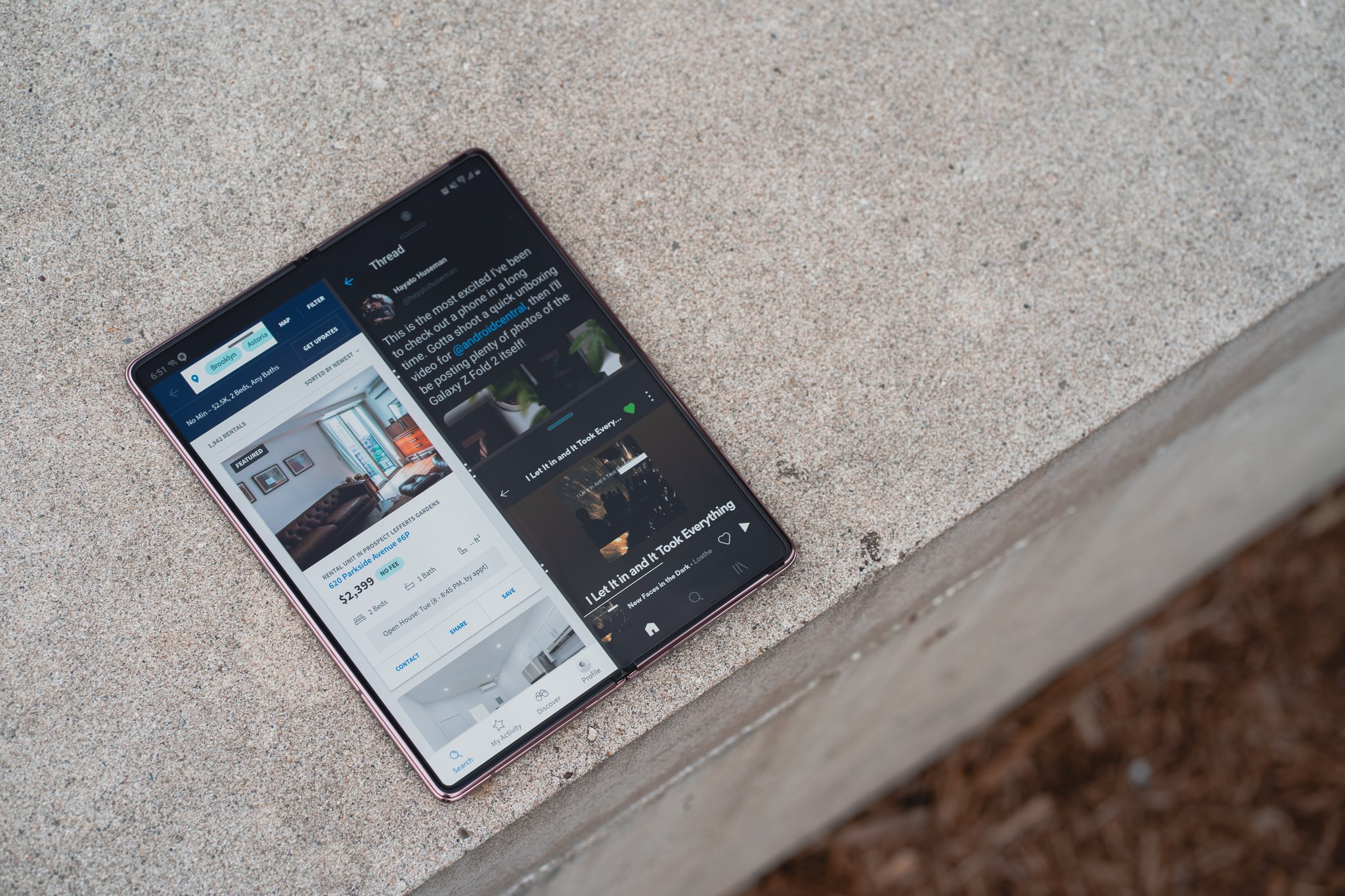Bidding farewell to a decade-old monolith of the mobile space.
As much as it pains me to say it, it's looking more and more likely that the Galaxy Note 20 Ultra will be the last of its kind, as rumors continue to flood in of Samsung killing off the Note line entirely. It makes sense when you think about it; the differences between the best Samsung phones have been few and far between for years, and with rumors that the S21 Ultra will support the S Pen as an optional accessory, there's not much room left in Samsung's lineup to justify the series.
The original Galaxy Note was a paradigm-shifting device.
But the logic of it doesn't make the news any easier to take. The Galaxy Note series served as a launching point for large form factor smartphones as a whole. One of the first phones to be dubbed the now-defunct portmanteau "phablet," the original Galaxy Note was one of my first Android phones, preceded only by the Galaxy S II (which I promptly put up on Craigslist as soon as the Note was announced) and HTC Inspire 4G.
Born of defiance and boundary-breaking
Everyone — myself included — poked a bit of fun at the Note when the commercials made their first rounds. Who could ever need a phone that big? How ridiculous. And what a big phone it was, with an unthinkably large 5.3-inch Super AMOLED display! For some fun context, that's half an inch smaller than the display on the Pixel 4a, which currently tops Android Central's list of best small Android phones — though in fairness, the Galaxy Note is (slightly) larger in every physical dimension.
"Yuck! Nobody wants a stylus." — Steve Jobs, Macworld 2010
Despite the jeers, though, the Galaxy Note turned out to be a paradigm-shifting device. Of course, the S Pen was a huge deal in itself; a pressure-sensitive stylus in seemingly direct defiance of the late Steve Jobs' famous 2010 remarks that "if you see a stylus, they blew it." The Galaxy Note also succeeded where the Dell Streak had failed, establishing itself as a massive powerhouse of a phone with a sharp (for its time) 1280x800 display that negated many of the complaints endemic to Pentile Matrix displays.
Few other phones at the time could match the Note's combination of great battery life, a sharp and punchy display, an impressive camera, and support for the relatively new LTE network. It turned out that large phones with large internal clearances had their advantages after all.
Serving Samsung's enthusiast customers
Subsequent models of the Galaxy Note continued to iterate on Samsung's groundbreaking design with progressively tighter bezels, higher levels of pressure sensitivity for the S Pen, unique new features like Air View that let you hover the S Pen over the display to call up a cursor, and an increasingly more focused demographic.
With the launch of the Galaxy Note 3, Samsung began to venture away from its brazen plastic designs to better target business-oriented customers who wanted a more sophisticated-looking phone. The phone featured brushed aluminum stylings along the frame and a faux-leather backing (which, to be clear, were still both plastic), along with refined multitasking features and even better battery life than its predecessors. Unsurprisingly, it came to be one of 2013's best sellers.
The Galaxy Note has always been a cornerstone of superphone innovation.
The Galaxy Note series continued to dominate sales year after year, even when Samsung upset some of its enthusiast base when the Note 5 launched with a non-removable battery, a more fragile glass backing, and no microSD expandability. Looking back, I guess that phone turned out to be quite a trendsetter.
I don't want to get too deep into the Galaxy Note 7's absolutely disastrous launch, partially because to this day, it remains one of my favorite models the company has ever released. Not only did it reintroduce microSD support after consumer pushback, it was one of the first phones with a USB-C port, rather than the now-archaic Micro-USB standard. It also eased us into the realm of curved displays after the experimental Galaxy Note Edge mostly flopped.
That's actually consistently been my favorite thing about the Galaxy Note line. The S Pen is great, but I've always loved that launching the Note in the second half of a given year allowed Samsung the opportunity to improve upon its earlier designs from the Galaxy S series and its more experimental devices like the Note Edge. I think the Note 20 Ultra serves as a fantastic example, with a dramatically better design than the S20 Ultra it otherwise matched nearly identically, and added laser autofocus to solve the S20 Ultra's focusing problems.
That being said, Samsung along with just about every other manufacturer these days has a great handle on design, and the company will be just fine without a mid-cycle refresh on its hardware.
Where do we go from here?
The silver lining is that Samsung won't just be bringing S Pen support to the S21 Ultra, but it's reportedly even figuring out how to integrate support into the next generation of foldable phones. That won't be an easy feat; the Galaxy Z Fold 2 has Samsung's most durable folding screen at the moment, made of the company's Ultra Thin Glass with multiple layers of protective plastic, yet still scratches far more easily than traditional glass.
In addition to integrating a digitizer layer to the next foldables, Samsung will have to completely redesign its folding glass if it wants to introduce S Pen compatibility. Of course, with three such alleged devices reportedly on their way, Samsung has undoubtedly already tackled this problem, but I'll be very interested to see the details once they're available.
S Pen support will make the company's 2021 foldable lineup into incredibly powerful productivity devices, and in that way, I suppose the spirit of the Galaxy Note lives on. Making it an optional accessory for the Galaxy S series will also make the S Pen more accessible than ever before, though I'm not terribly keen on the idea of needing a particular type of case to carry the S Pen with any of these devices, especially compared to the convenience of the Note line's internal housing.
The inevitable end of the Galaxy Note is sad news for me, but it's had a pretty great run over the last decade. The Note influenced countless other devices and sparked an entirely new category of superphones, and if nothing else, I'm thankful for the time we had together.
Superphone
Samsung Galaxy Note 20 Ultra
$1300 at Amazon $1000 at Best Buy $1300 at B&H
The last of its kind
The Galaxy Note 20 Ultra is a beautifully designed and incredibly powerful phone, packing a Snapdragon 865+ and three incredible cameras. Its S Pen stylus gives it pressure-sensitive writing capabilities, along with Bluetooth features like a remote shutter function for the cameras.
Source: androidcentral
